Frictionless access to merchandise with smart locks
Streamline your operations today while shaping the future of your customer’s shopping experience for tomorrow.
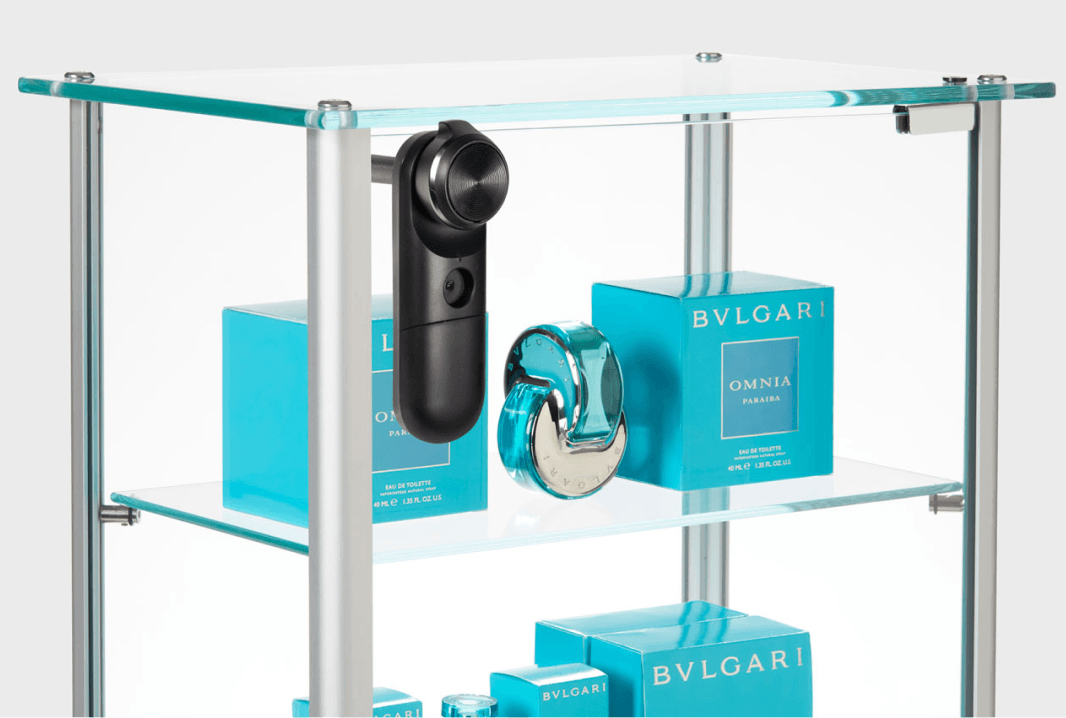
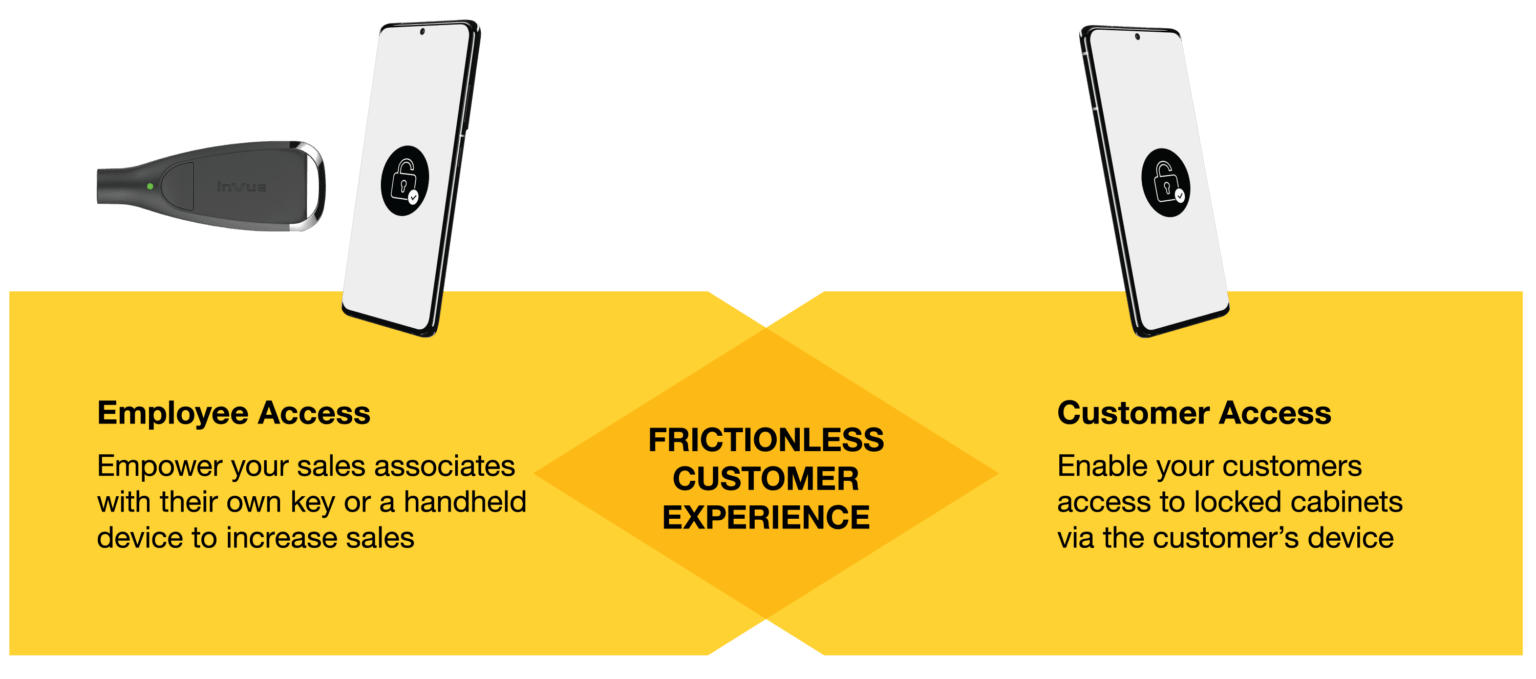
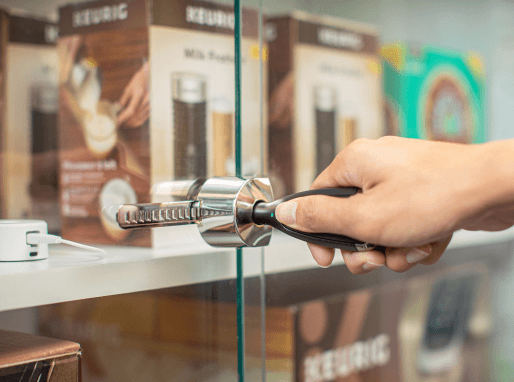 OneKEY Access
OneKEY Locks
OneKEY Access
OneKEY Locks
Simplify store management with a single key for associates, and with no batteries, zero maintenance for operations.
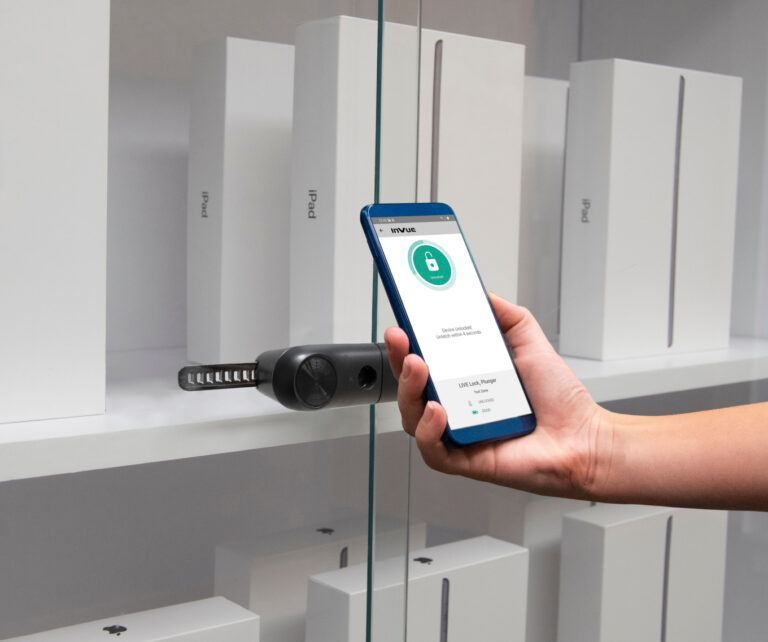 mKEY Access
LIVE Locks
mKEY Access
LIVE Locks
Smart locks that can be operated using OneKEY or mobile NFC technology providing live data and remote access capabilities for the ultimate customer convenience.
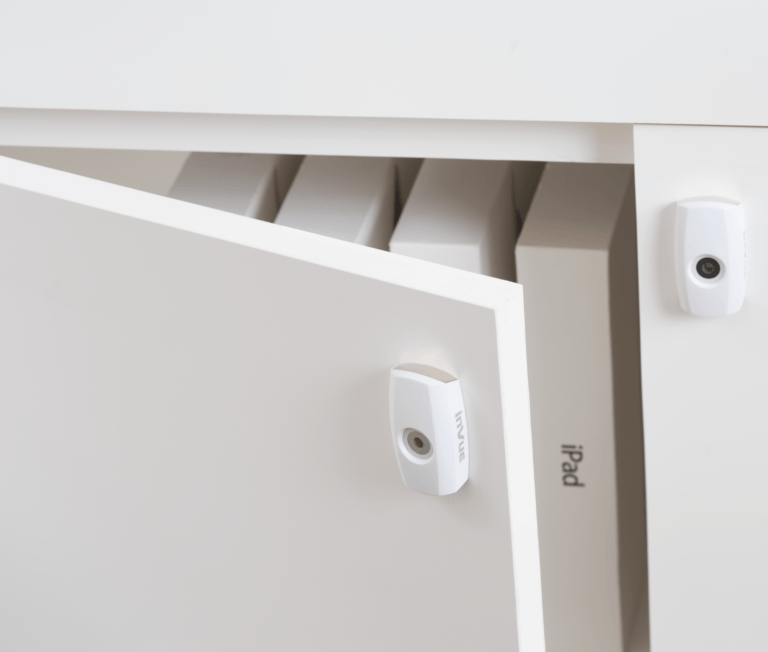 OneKEY Access
Cam Lock
OneKEY Access
Cam Lock
A versatile lock for drawers and swing-out doors.
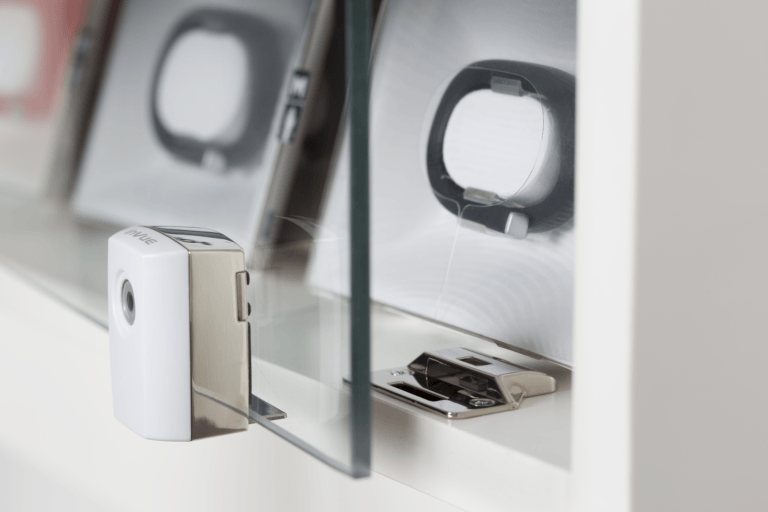 OneKEY Access
Showcase Lock
OneKEY Access
Showcase Lock
A versatile lock for drawers and swing-out glass showcase doors.
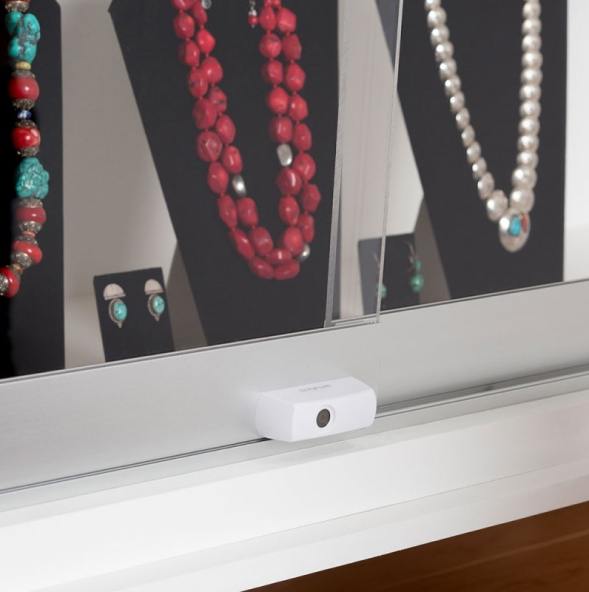 OneKEY Access
Plunger Lock
OneKEY Access
Plunger Lock
An easy-install lock designed for sliding glass and wood doors.
 OneKEY Access
Slider Lock
OneKEY Access
Slider Lock
Easy, smart security for sliding bypass glass doors.
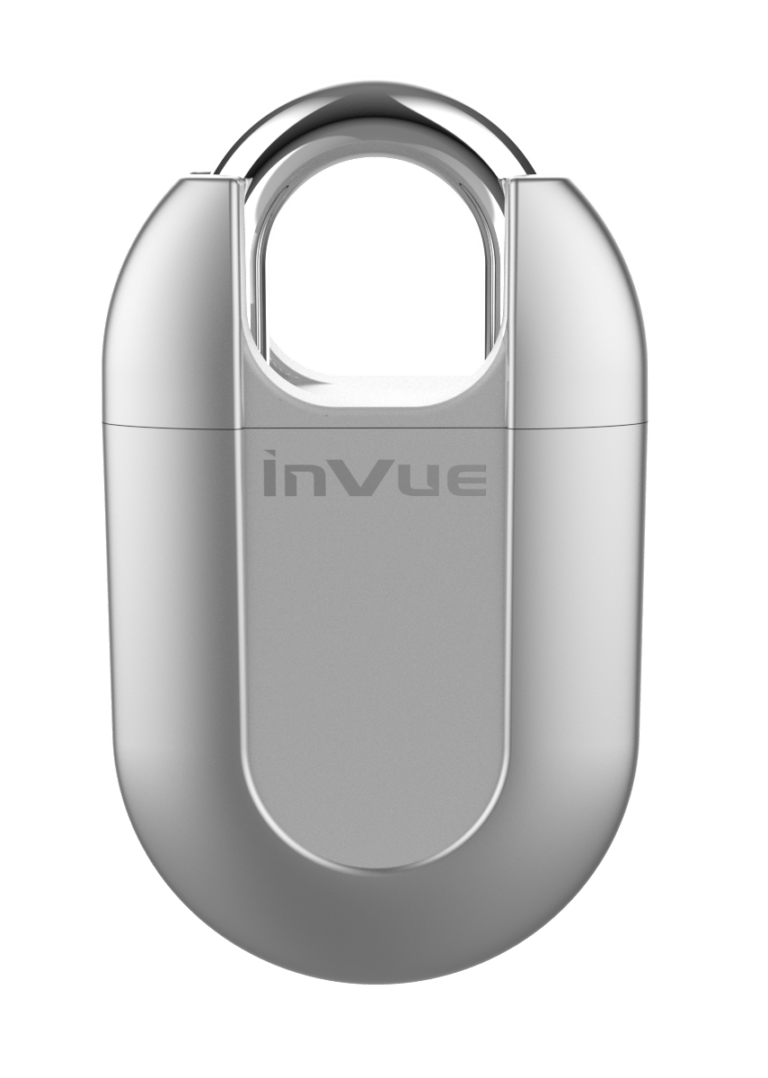 OneKEY Access
Padlock
OneKEY Access
Padlock
Industry-leading weatherproof protection for any space with OneKEY™ access.
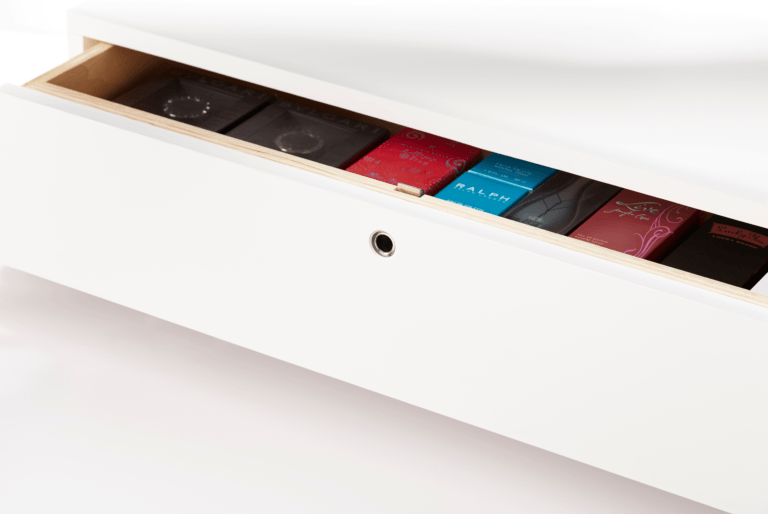 OneKEY Access
Self-Latching Drawer & Door Lock
OneKEY Access
Self-Latching Drawer & Door Lock
Designed for wood doors and drawers.
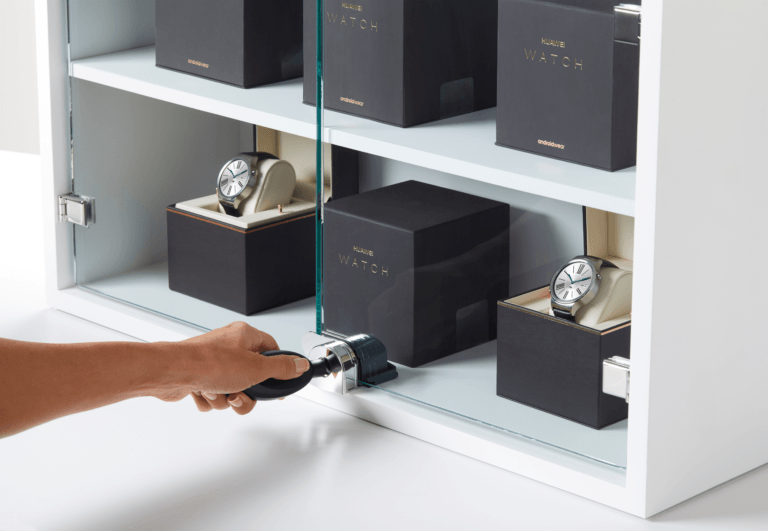 OneKEY Access
Self-Latching Showcase Lock
OneKEY Access
Self-Latching Showcase Lock
Secure lock for swing-out glass doors.
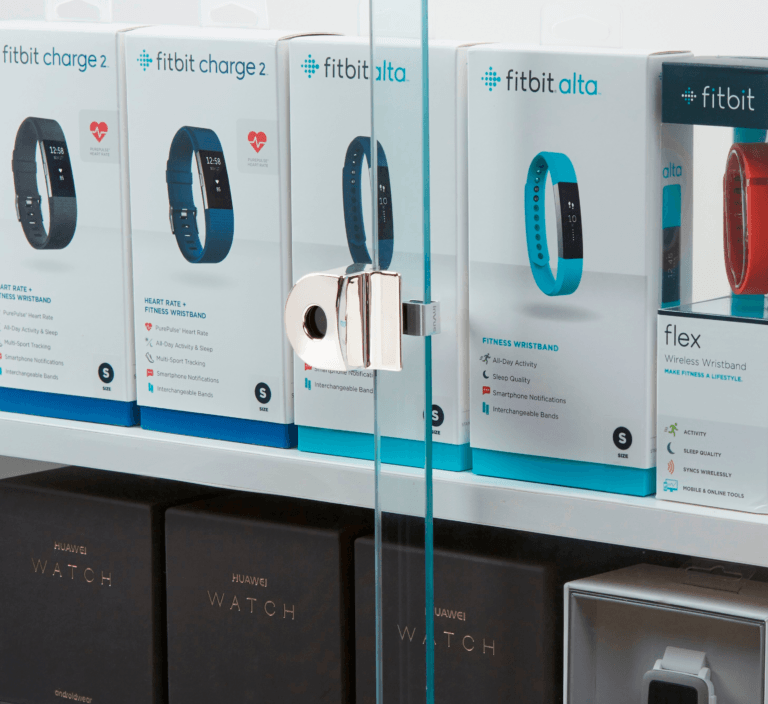 OneKEY Access
Self-Latching Slider Lock
OneKEY Access
Self-Latching Slider Lock
Designed for glass or wood bypass doors.
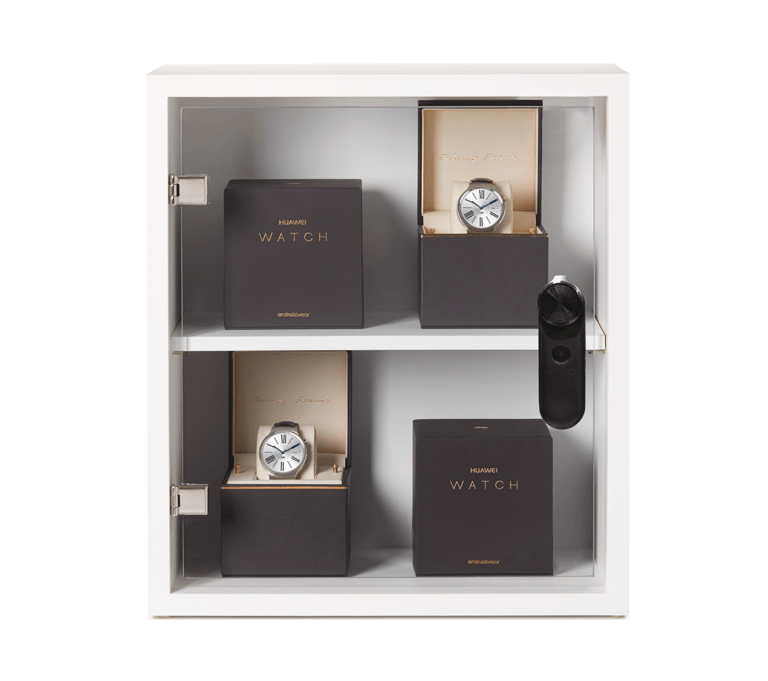 mKEY Access
LIVE Cam Lock
mKEY Access
LIVE Cam Lock
LIVE Lock for drawers and swing-out doors that can be accessed using your mobile device.
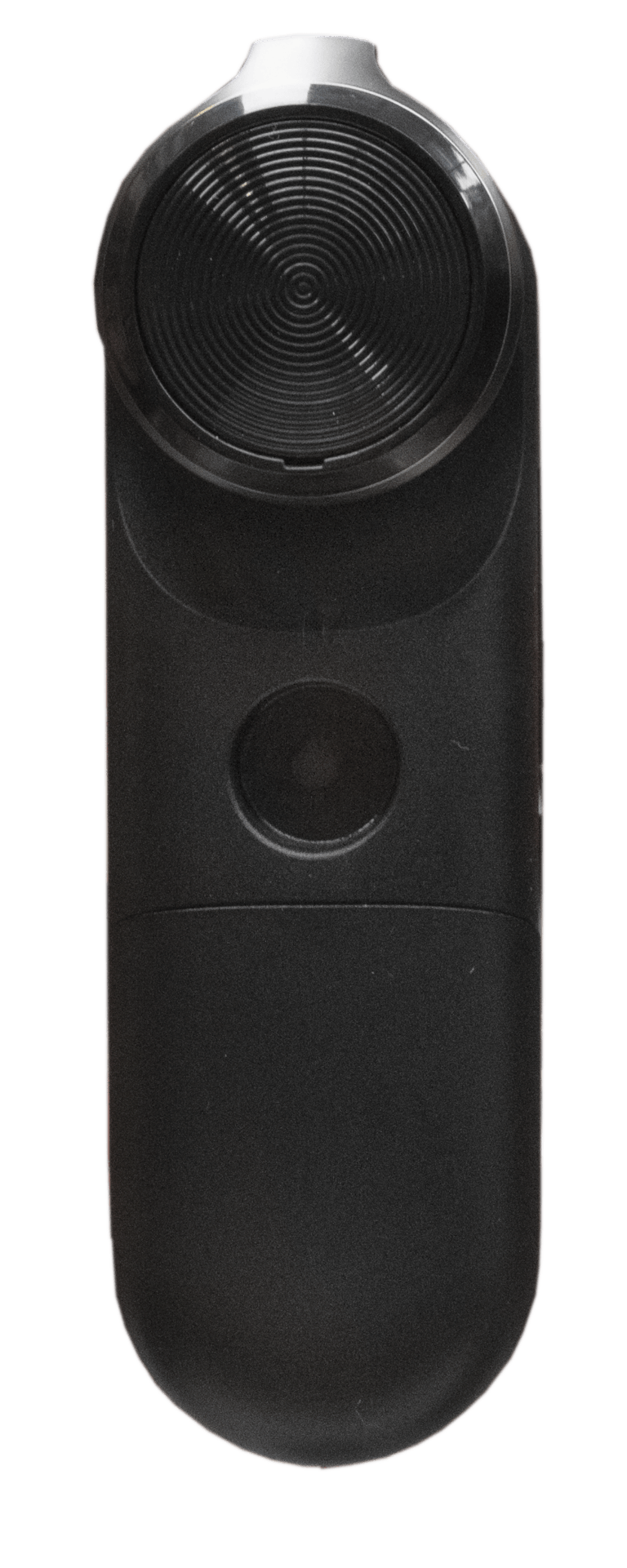 mKEY Access
LIVE Plunger Lock
mKEY Access
LIVE Plunger Lock
Self-locking protection for sliding bypass doors with metal frame and existing hole.
 mKEY Access
LIVE Slider Lock
mKEY Access
LIVE Slider Lock
Unlock using the convenience of a mobile app with NFC, Bluetooth, or scanning technologies for fast access.
Whether it’s through our OneKEY, the convenience of a mobile device, or the combination of both, we’re here to make sure you find the solution that fits seamlessly into your retail setup. Explore our selection of smart locks, and let us assist you in securing your store effortlessly, so you can focus on what matters most–your business.
Please complete the form below and someone from our team will be in contact shortly.